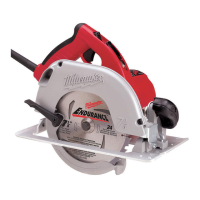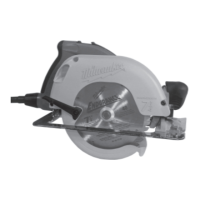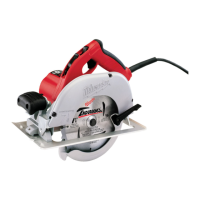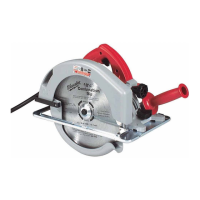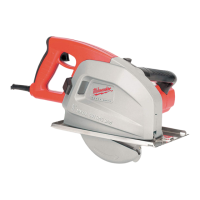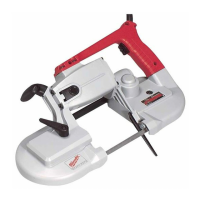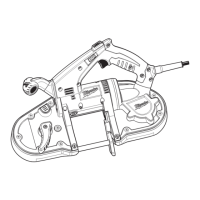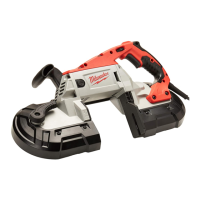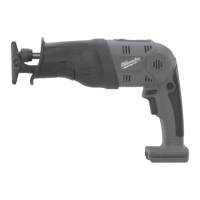L
Luke HuangJul 26, 2025
How to fix a Milwaukee 6390-20 Saw blade that doesn't follow a straight line?
- MMaureen Little MDJul 26, 2025
If your Milwaukee Saw blade isn't cutting straight, it could be due to several reasons. Dull teeth, often caused by hitting hard objects like nails or stones, can cause the blade to cut to the side with the sharpest teeth. Check the shoe alignment and realign or replace it if necessary. The blade itself might be bent; straighten or replace it. Using a rip fence or guide can also help ensure a straight cut.
